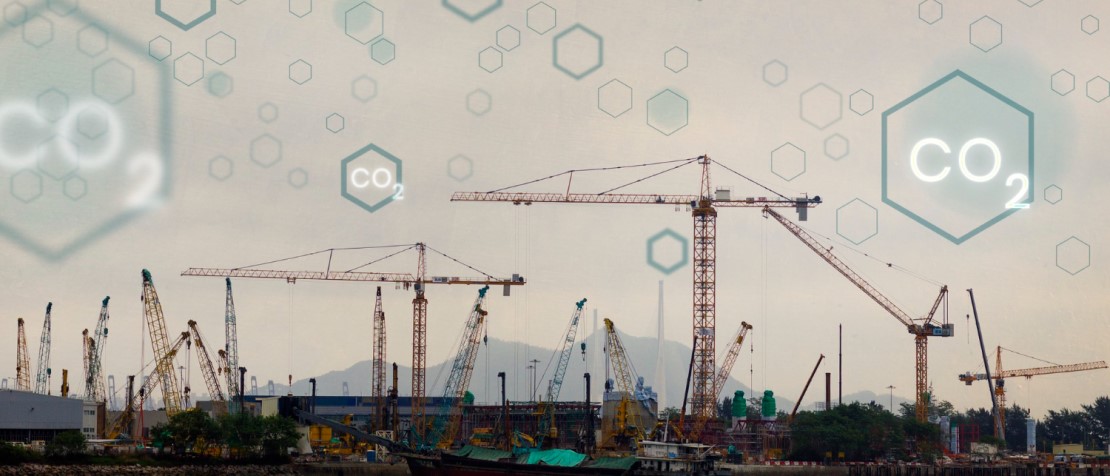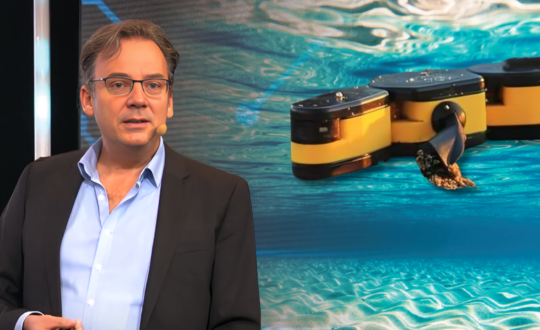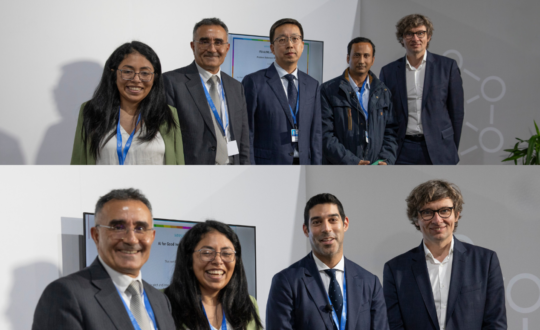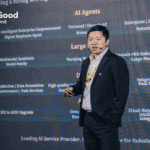In one of the biggest breakthroughs at the ongoing COP26 summit in Glasgow, world leaders pledged to cut emissions of the greenhouse gas methane by 2030, in a move to buy more time to tackle climate change.
Scientists believe this could eliminate 0.2°C of warming by 2050, the United Nations Framework Convention on Climate Change (UNFCCC) said.
An Intergovernmental Panel on Climate Change report warning of increasingly extreme heatwaves, droughts and flooding is “a code red for humanity”, according to UN Secretary-General António Guterres.
Artificial intelligence (AI) and hybrid cloud platforms can accelerate vital research on climate mitigation and adaptation, according to research scientists at US-based technology corporation IBM.
“The silver lining is that technology in the past few decades has advanced so much, it gives us a shot to make a substantial contribution to act on mitigating and adapting to climate change in the next decade,” said Solomon Assefa, Vice President of IBM Research, speaking at a recent AI for Good session hosted by the International Telecommunication Union (ITU).
Climate mitigation requires reducing emissions and, according to some experts, could also involve capturing carbon dioxide (CO2) and other greenhouse gases from the atmosphere.
Any future strategy will also hinge on accurately measuring ongoing emissions – an area where, Assefa notes, engagement with the private sector will be decisive. To lower their carbon footprint, companies first must be able to measure it.
AI-driven climate risk and impact modelling show climate impact at ever more granular, localized levels.
Platforms that manage and coalesce huge troves of data can inform key decisions to ensure preparedness, resilience, and recovery.
IBM’s recently introduced “Environmental Intelligence Suite” includes a geospatial platform that brings in Earth observation data and AI together. It also supports carbon accounting and outlines different climate risk and impact scenarios.
Making ‘heavy’ data usable
Geospatial analytics is a key enabling technology to identify and address vulnerabilities stemming from climate change at different locations and times. But current systems already struggle to process increasingly complex climate data.
“What we are doing around data and information architectures, indexing information and leveraging it for downstream data-intensive workloads such as AI won’t cut it in the future,” said Hendrik Hamann, Chief Scientist for Geoinformatics at IBM’s Thomas J. Watson Research Center.
“We are only leveraging maybe 0.1 per cent of the climate information available.”
Unlike everyday web queries, for which common algorithms can trawl billions of pages in less than a second, climate-related information involves complex indexing and takes more time, due to many interdependent variables and “layers” coming into play, making climate scenarios practically infinite.
IBM’s Geospatial Platform ingests and curates various representations of geospatial climate data into so-called “pipelines.”
“In essence, we align the different layers in space and time, after which you have analysis-ready data sitting in the system,” Hamann explained.
Conventional climate analysis based on downloading data can take months. But pushing analytics into existing datasets to bypass the download step could generate results within seconds.
Ease of access
Data from enterprises is vital both for well-informed modelling and specific mitigation measures.
Companies must be empowered to fit their own tools into existing government-led or international workflows to improve collective decision-making.
Carbon accounting – whereby countries, companies or other entities track their net emissions – is usually stymied by available data.
But data augmentation techniques can, for instance, interpret utility invoices to indicate renewable sources in the customer’s energy mix. IBM’s platform, Hamann added, “can take all these data sources and look for consistent relations between them.”
The company is also exploring CO2 extraction methods, building on “AI experiences in the semiconductor industry to discover new materials, processes and membranes to capture carbon more efficiently.”
Image credit: Rawpixel via Freepik















